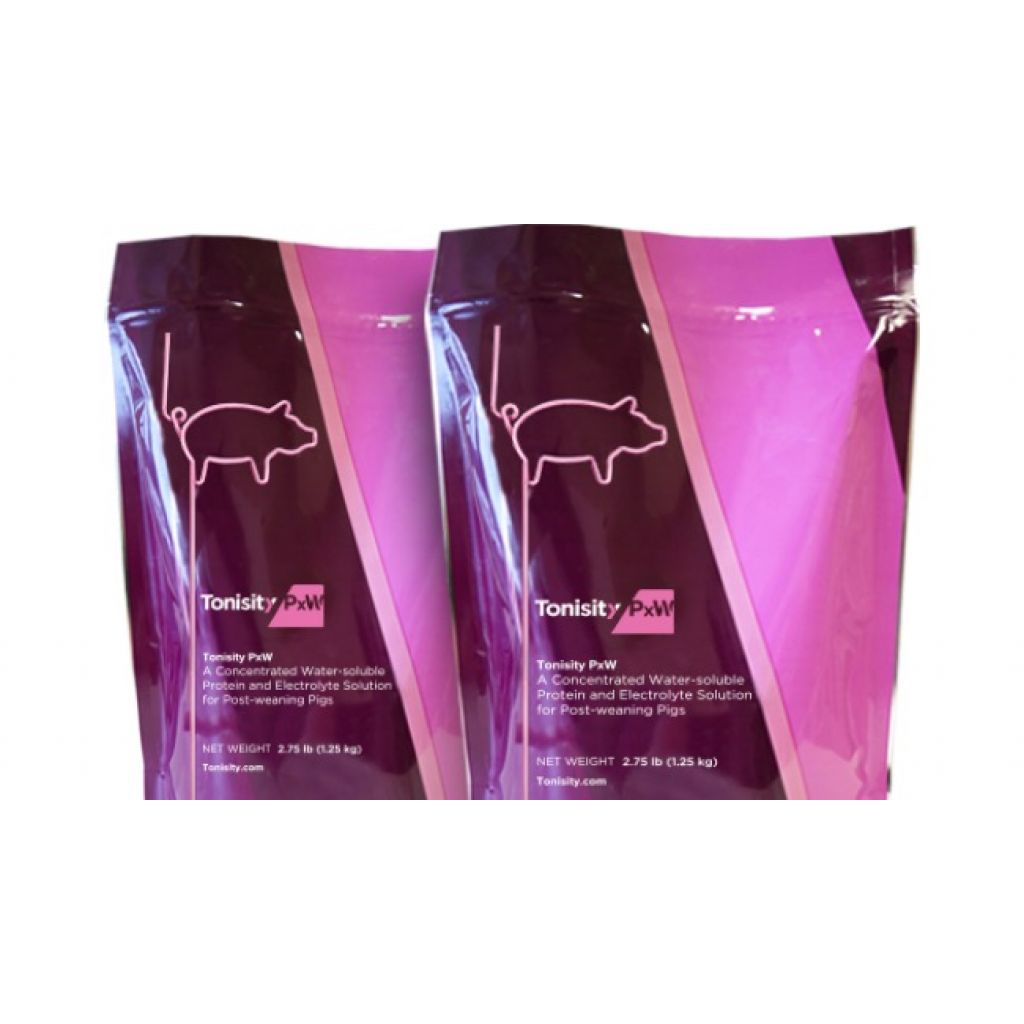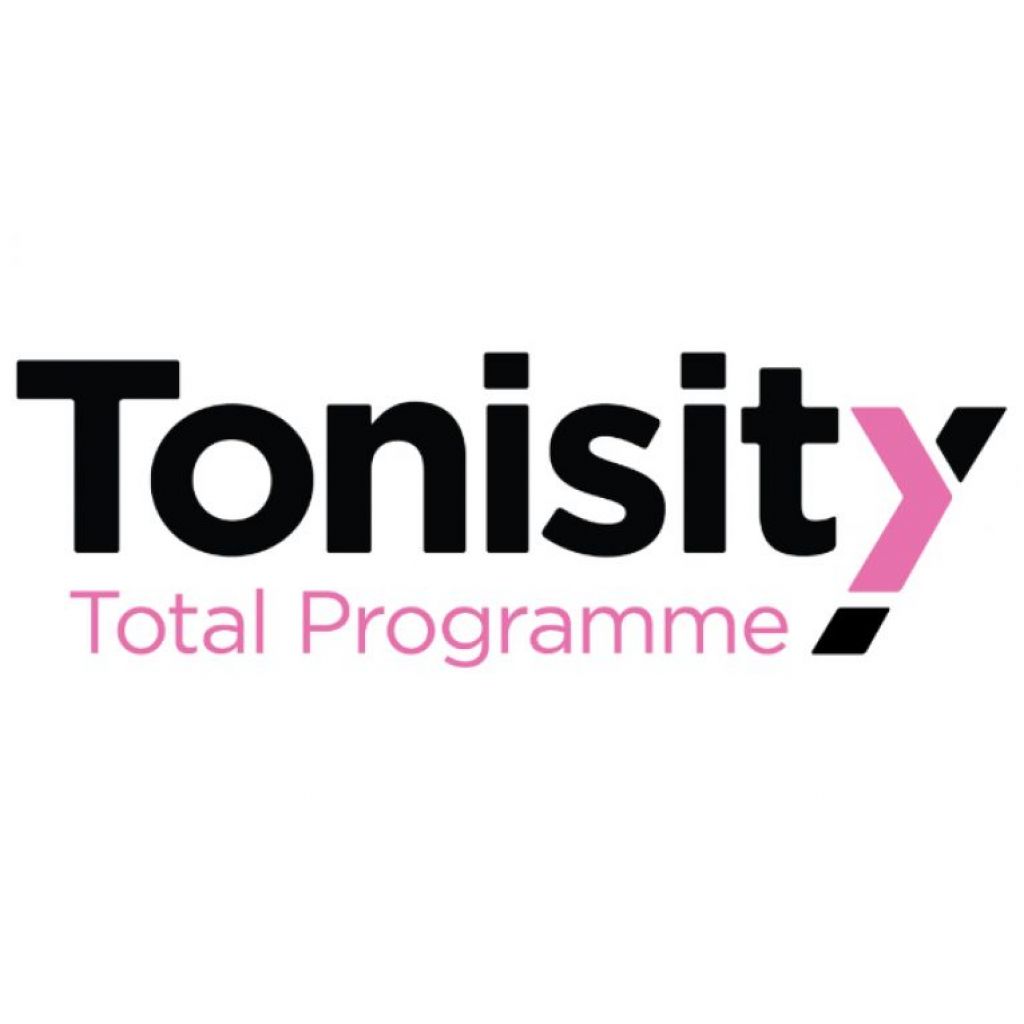A Piglet's First Week of Life
The basis for the best achievable financial result in the sow herd is a high number of pigs per sow and per year.
Optimal handling of the sow and piglets around farrowing, and in the first week of life of the piglets are prerequisites for a good financial result.
Feed Recommendations Before Farrowing
Make sure the sows are fed according to the recommendations and pay special attention to the fact that the sows are kept in appropriate feeding conditions. It’s important to ensure the feed and feed hygiene is top notch, which establishes a low level of toxins in the feed. If the sows are fed with feed with high toxins containment, it often results in many small and weakly born piglets.
The Farrowing Barn
The optimal farrowing barn should be sectioned, and each section washed, disinfected and dried out completely before each new farrowing group. From time to time, check on both the dosage of soap and disinfectant fluid, that it is being used correctly and that the barn is dry before the heavily pregnant animals are put in.
Remember to label sows that, in previous litters, have had several stillborn piglets or might need special attention.
Day Before Farrowing
The day before the farrowing begins, the barn temperature should be adjusted up to about 22 degrees. Turn on heat lamps, so that the floor in the pens is 34-36 degrees before the first pig is born. Since the smallest new-borns have a relatively large surface area and are wet when they are born, they are most at risk of quickly cooling to a body temperature below 34 degrees. It is critical, to use a heat source and/or fresh straw behind the sow during farrowing. Do not wipe away the amniotic fluid of the new-borns. Test have shown that this has resulted in a slightly higher mortality rate.
When Farrowing Begins
Staggered working hours on the big farrowing days is a good idea, the evening round is a minimum requirement. This is to provide timely obstetric care and to be able to help the small and cold pigs up into the warm pen.
The life force of the new born pig is more decisive than its birthweight for their chance of survival. Only new born piglets without a sucking reflex or with very low vitality die immediately. Move the little new-borns to a young sow (called the smallest nurse), which still has colostrum and remove its own larger new-borns. This nurse must remain during the farrowing process. Do not use first parity sows as the smallest nurse, as the first parity sows should be well milked by many, large pigs.
There are different opinions towards the use of extra energy supplements for the smallest new-borns at the smallest nurse. Good management can minimise the need for the use of these products. A new born pig will have sufficient antibodies if it drinks at least 60ml of the first colostrum. If the pig drinks 250ml, it has enough energy to survive the first critical day.
When to Level the Litter
Litter levelling can be used in several different ways and is most often herd dependent. It should focus on survival among the piglets and not just levelling to uniform litters with the same size pigs. However, there must be a focus on the sow and pigs fitting together, so that the pigs have the best conditions during lactation. But then when are we going to litter level or use nursing sows? In the case of large litters, the largest pigs are moved, as they have usually secured colostrum before the smallest. Excess pigs should be moved to a nursing sow – large pigs to an ordinary nursing sow and small pigs to a smallest nurse.
Contact:
Contact us using the following form.




